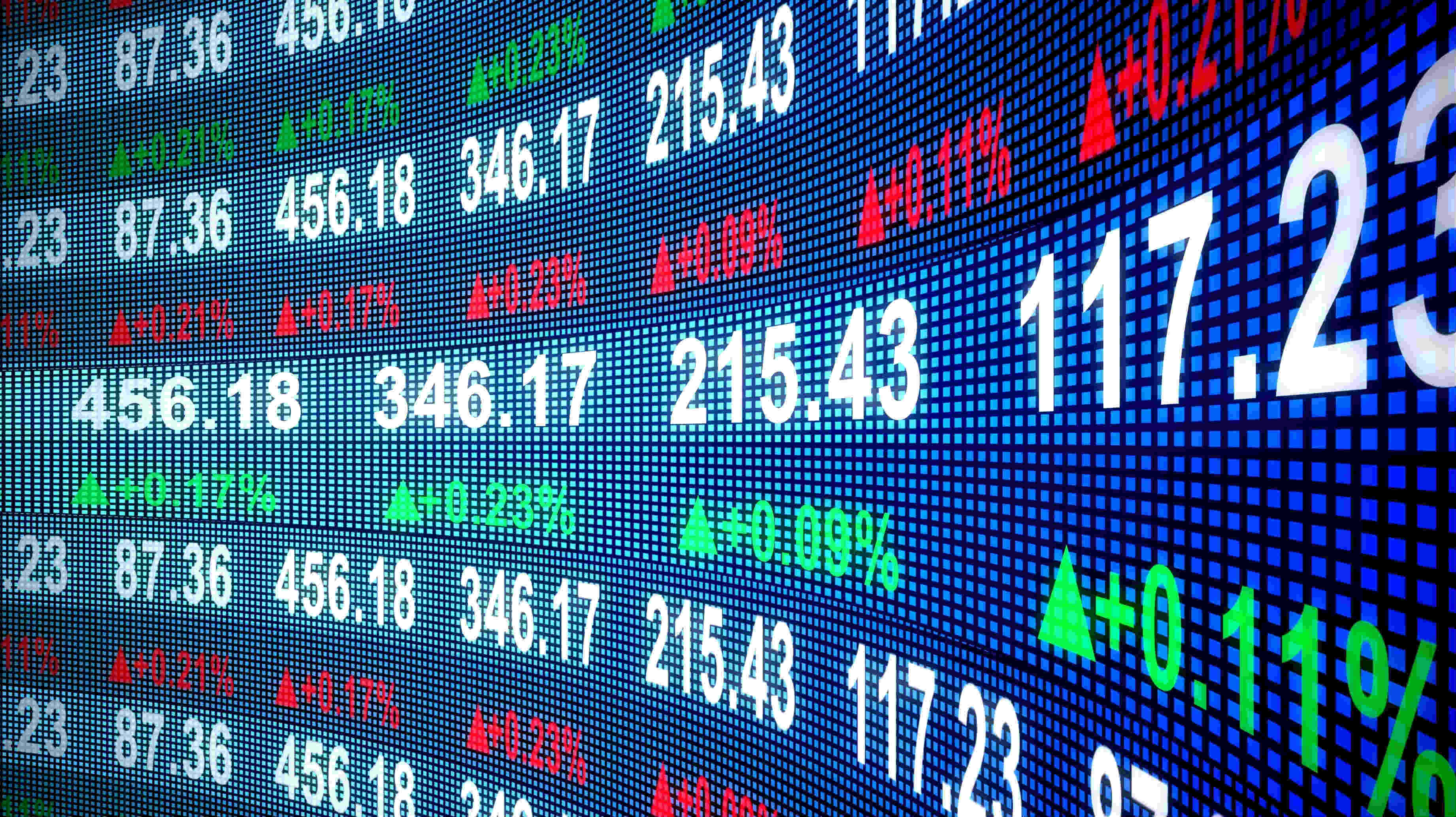
Market Orders vs. Limit Orders: What Every Trader Should Know
What Is a Market Order?
A Market Order executes your trade immediately at the best available price.
-
Buy Order: You’re matched with the lowest available ask price.
-
Sell Order: You’re matched with the highest available bid price.
Best for: Fast-moving markets or traders who want instant execution.
Keep in mind: Market orders can result in slippage if prices change quickly — you might get filled at a slightly different price than expected.
What Is a Limit Order?
A Limit Order allows you to set the exact price at which you want to buy or sell.
-
Buy Limit: Set below the current market price.
-
Sell Limit: Set above the current market price.
Best for: Traders who want precise control over entry and exit prices.
Note: Your order executes only if the market reaches your limit price — so execution is not guaranteed
Key Differences at a Glance
|
Feature |
Market Order |
Limit Order |
|
Execution |
Immediate |
When price reaches your limit |
|
Price Control |
Lower |
Higher (you set the price) |
|
Speed |
Fast |
Depends on market movement |
|
Slippage Risk |
Possible |
Avoided |
|
Guarantee of Execution |
Yes |
No |
How Traders Use Them Together
While each order type has its strengths, smart traders often combine both:
-
Market orders to enter quickly during strong momentum.
-
Limit orders to plan precise entries or exits in advance.
This approach offers both speed and control - helping you adapt to different market conditions.
Key Takeaway
Knowing when to use a market or limit order is a simple but powerful trading skill.
Market orders give speed; limit orders give precision.
Using the right type at the right time improves your trading discipline and execution quality.
